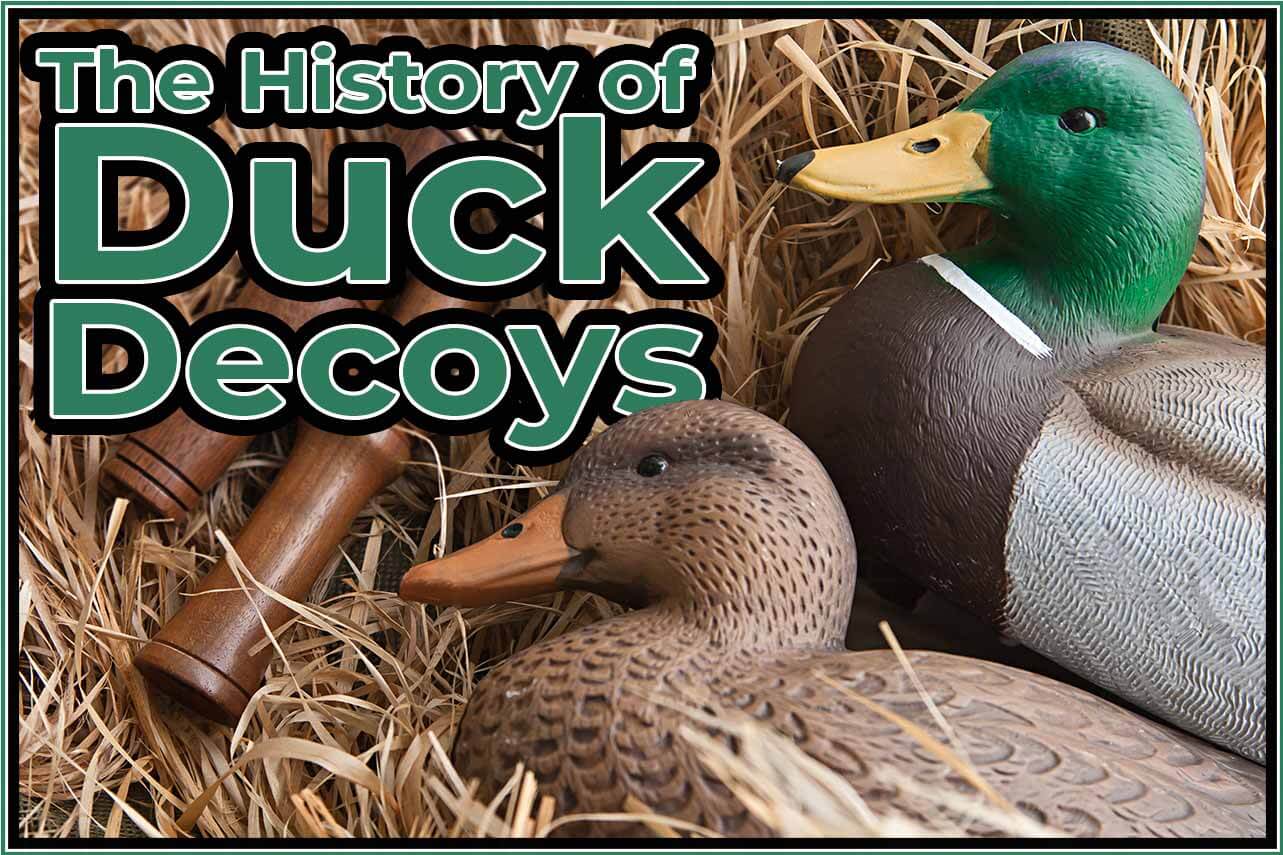
The History of Duck Decoys
Today’s duck decoys give waterfowl hunters an incredible edge compared to the decoys our grandparents used. From modern calls to motorized decoys, it seems as if there is a new product coming out every day to help hunters harvest more ducks and geese. This was not always the case, however.
Waterfowl Hunting- How Did It Start?
Have you ever spoken with an old-timer about their old hunting tricks or stories? Instead of having a lanyard full of calls for every species, more often than not, you had one call that did it all. Instead of putting out 10 dozen decoys, you might place 6 decoys total. These decoys were very crude, made from plastic (if you were lucky). They would have concrete weights with rope lines – but they brought in the birds all the time.
Early Duck Decoys
If you were to look even further back, before our grandfathers, you would find that the most popular duck decoys were made of paper-mâché, or were hand-carved wooden decoys with cane calls that were hand-turned. With single-shot shotguns and three shells to their name, they piled ducks up everywhere they went. The key difference back then was that there were more ducks, fewer hunters, and less pressure.
Looking Forward
So, what does this mean for duck hunters now, and for future generations ahead? Well, we have it easy. We have mud motors to keep us from walking through knee-deep mud. We have better shotguns with more accurate choke tubes and ammunition. We have the most realistic-looking decoys ever created, that hold up to all weather. We have calls that produce a better and louder sound. Though we may have it just a little bit easier than our grandfathers and their fathers before them, the thrill of the sport will always be there, and it will always keep us heading back into the marsh.
